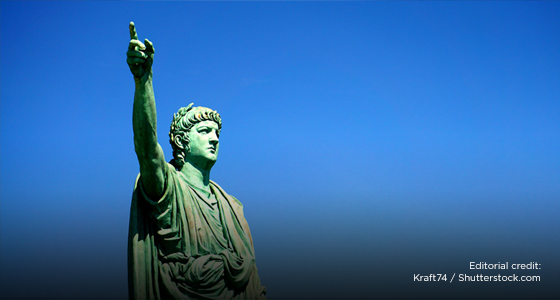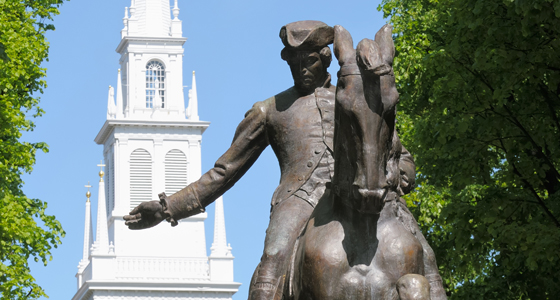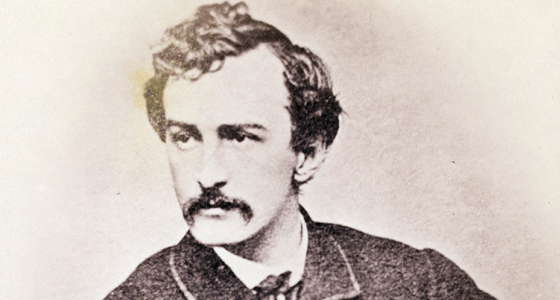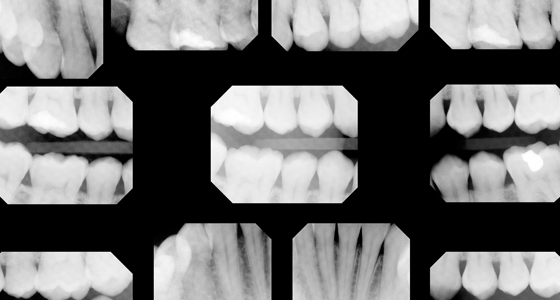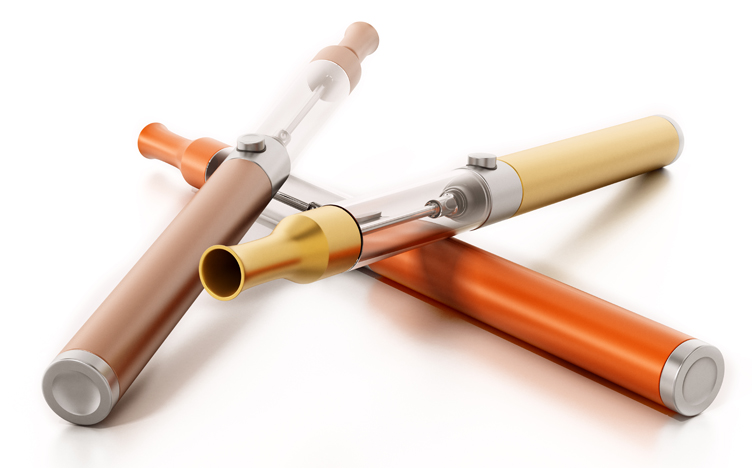One of the earliest examples of dental forensics is a grisly episode dating back to ancient Rome. Agrippina, mother of Roman emperor Nero, sent her soldiers to murder the rich divorcée Lollia Paulina, afraid she might pose a threat. Agrippina demanded her head as proof of her death. When Agrippina was unable to recognize the distorted face, she checked her victim’s mouth for her distinctive teeth.
1893
Years after John Wilkes Booth assassinated President Abraham Lincoln and was then killed by Union soldiers, rumors spread that Booth was still alive. His body was dug up and examined. Among other identifiable features, Booth’s remains revealed an unusual jaw formation. This detail helped a group of experts, including Booth’s former dentist, identify the remains to confirm it was really Booth.
1979
A double bite mark played an important role in convicting Ted Bundy of murder: The notorious serial killer had bitten one of his last victims.
Hoarder, fashionista, overzealous scrubber?
See what your toothbrushing style says about you.
A new spin on chili
With a touch of pumpkin, this vegetarian dish is filling and flavorful.
The rise of e-cigarettes
What this growing trend means for your health.
